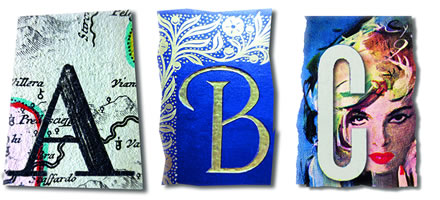
I was offered a very rare and valuable Eric Gill book recently and did not buy it. I could have made a good profit; I could also have been left with something I could barely give away. As I write Gill’s big money – but for how much longer?
I think the writing’s on the wall for this abundantly talented stone carver, sculptor and designer. He remains one of the most visionary of British artists and literally changed the way we see the world with his exquisite typefaces, sensual lines and clarity of vision. He was anti-establishment, a socialist-libertarian and believed that art could and should be made by craftsmen from all classes rather than a select and self-satisfied elite. With a rep like that you’d think he’d be patron saint of the arts – but he was also, of course, a paedophile. And we know what happens to them, don’t we?
Well. Not all of them, it would seem. Garry Glitter, Jimmy Saville, Rolf Harris and other rapists air-brushed from our past belong to the working classes. Theirs is the world of bright colours, cheery television and sing-a-long pop songs. The lower orders love a hate figure and when the media switch from ‘applaud’ to ‘boo’ there’s no switching back. The hypocrisy surrounding the current attitude to Gill is rooted in the good old British class system. His work occupies the very centre of middle-class ascetics. They find him easy to like because he’s easy to understand: elegant lines, un-offensive tones and a bit of religion thrown in. Besides, millions have been spent on his works by museums and wealthy collectors and the intelligentsia write and read about him constantly. Another difficulty is that his huge stone sculptures adorn many well-known public buildings, not least Broadcasting House, home of the Government’s mouthpiece. The proles can be whipped-up into burning a few old records; but Mummy and Daddy’s Gill? Are you mad? Darling, it’s worth twenty thou at least…
His fans are articulate and powerful. They have access to print and airtime. But child abuse is impossible to defend and the stone carver from Brighton may yet be chipped from the facia of our culture. Ditching Museum has a permanent collection of his work but it would be a brave institution indeed that mounted a new exhibition and invited media attention. Small private galleries and auction houses are easy targets for protestors. So too are book dealers. Gill is male, white and dead and I suspect the next wave of criticism will be enough to crack the edifice of his reputation. The giant will tumble – and so will the prices.
Ditchling Museum, 2007. First edition. This is not the rare book I mention above but it does seem hard to find; there are no copies for sale on the internet
